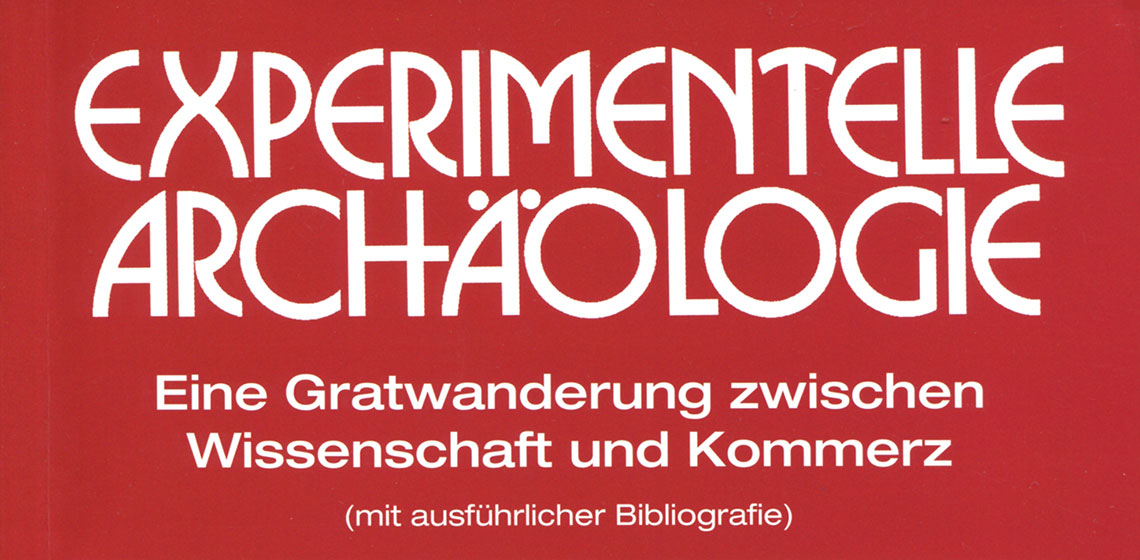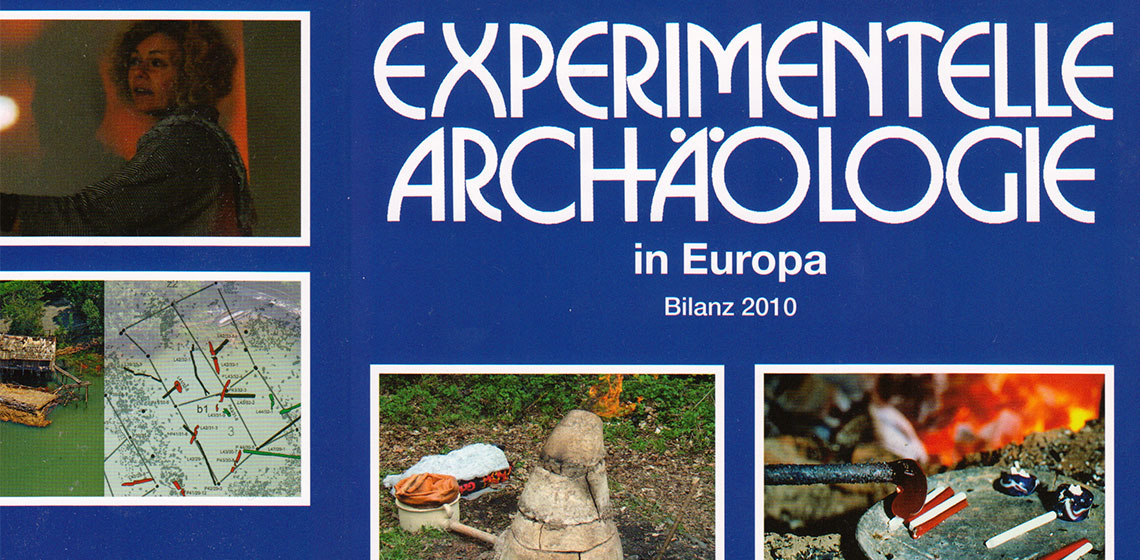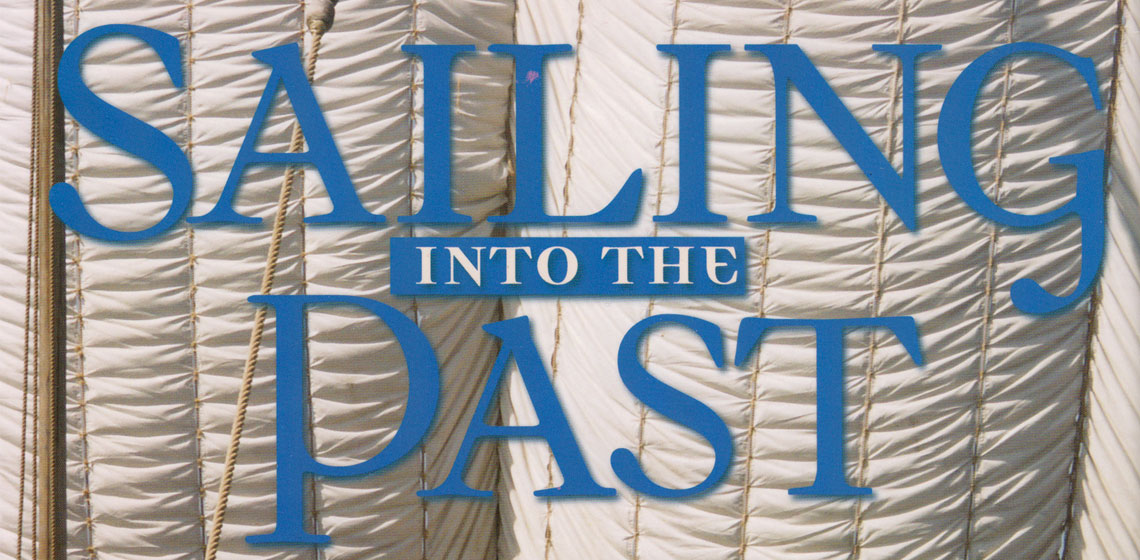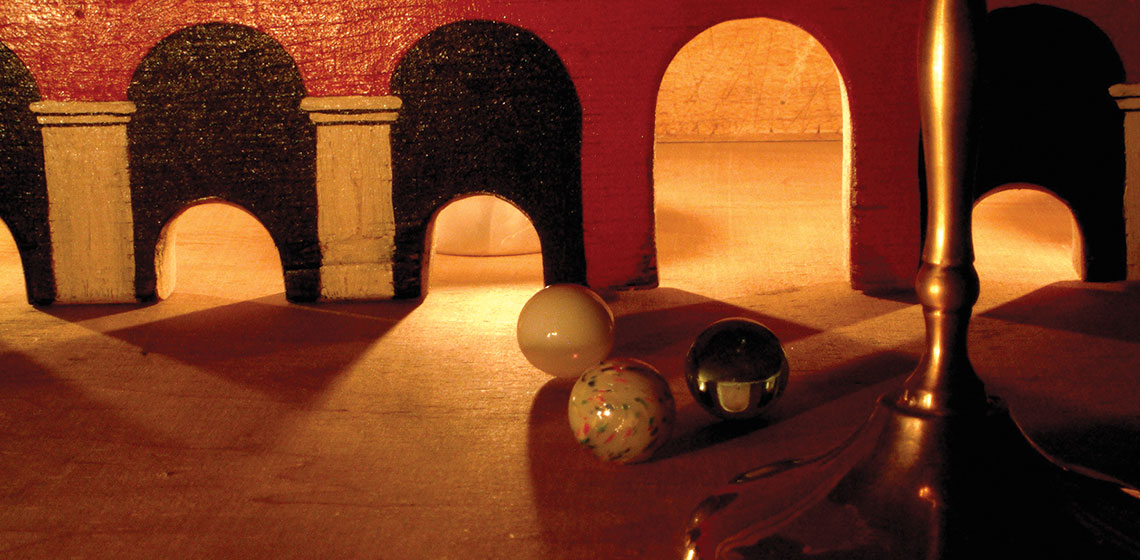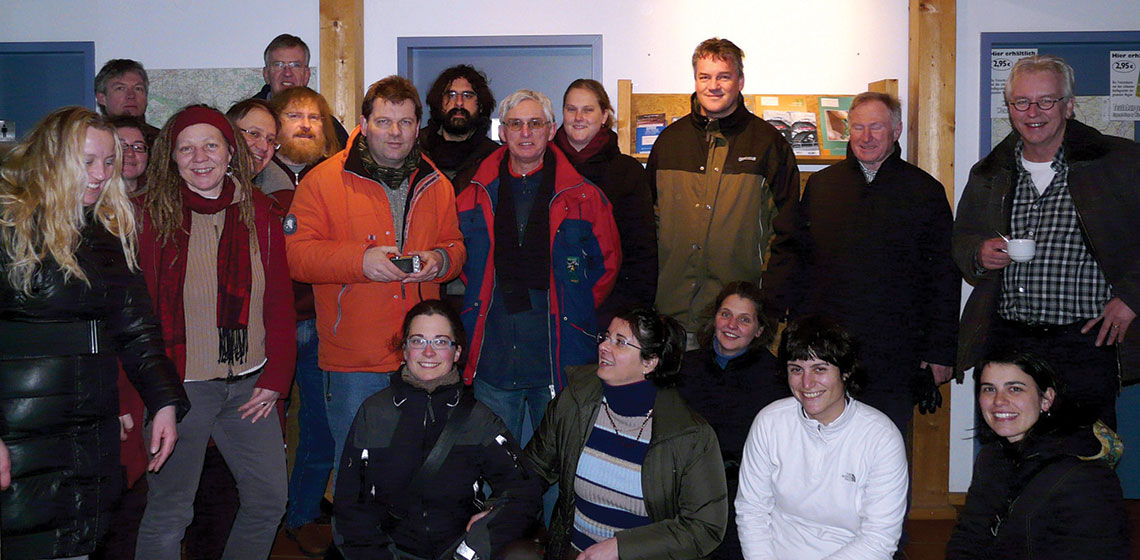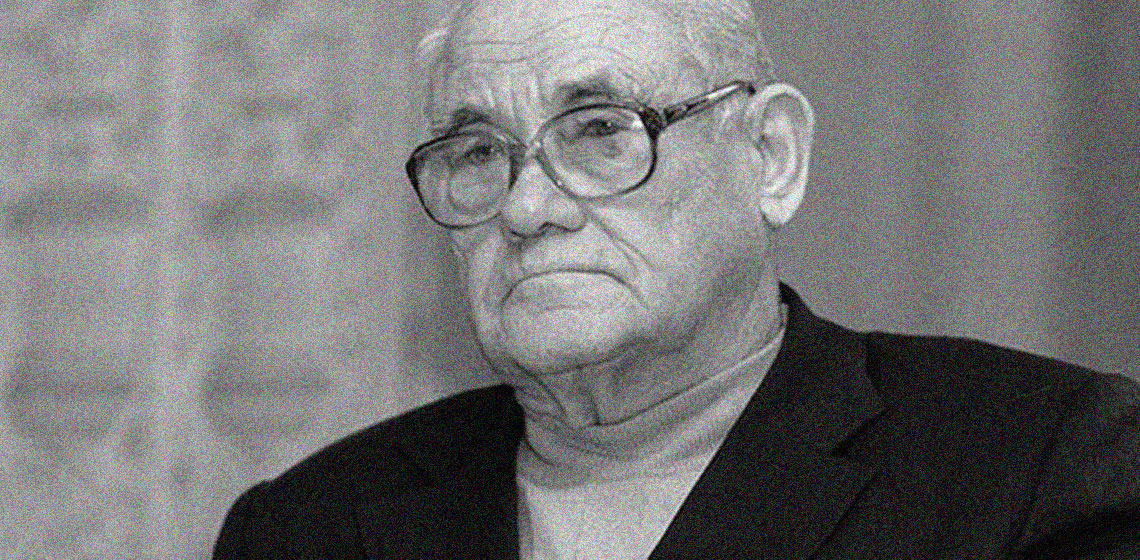Book Review: The Archaeology of Time Travel by Anders Ödman (ed)
At the European Association of Archaeologists' meeting in Malta, September 2008, a session was held on the topic of Archaeology as Time Travel, dedicated to exploring the popular phenomenon of time travel to past times, including a variety of aspects related to materiality/virtuality, the market of time travel experiences, design issues and how time travel should be evaluated as an experience...


